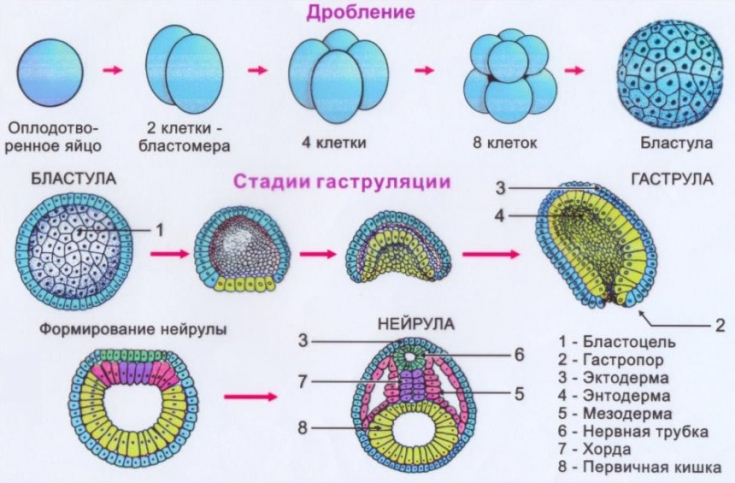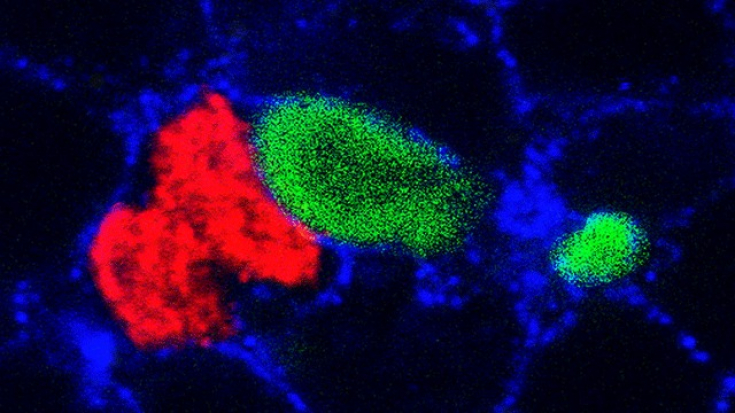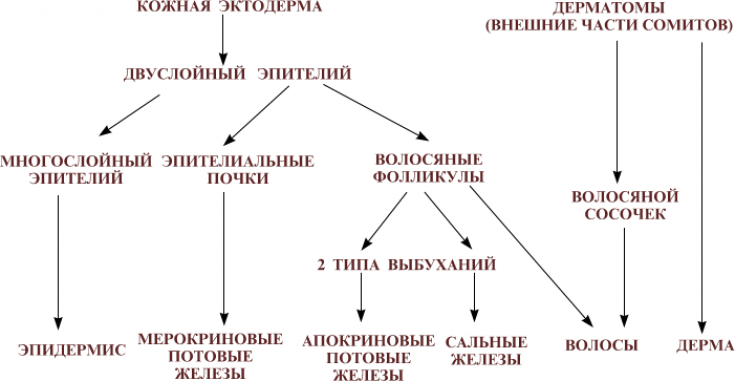Scientists have discovered a curious phenomenon in the skin of mice: cells compete with each other for a chance to develop into mature tissue. The results show that this antagonism is the key to creating healthy skin.
In a recent study reported in Nature, scientists showed that skin cells in mice participate in two forms of competition, one occurring during early embryonic development and the other — immediately before childbirth. Researchers believe this cellular conflict is critical to growing healthy skin.
In the article estet-portal.com you can get acquainted in detail with the results of the study and the role of the data obtained regarding pathologies such as hyperkeratosis, psoriasis and non-healing wounds.
Cell rivalry promotes healthy skin development
Cell Competition — discovery and elimination of less suitable "losers" cells by neighboring "winners" — was first described in Drosophila. Although cellular competition has been proposed as a selection mechanism for optimizing tissue and organ development, its evolutionary generality remains unclear.
Follow us on Facebook
In a study using real-time imaging, tracking individual cell transcriptomics and genetics, the authors identified two cellular competition mechanisms that sequentially shape and maintain stratified tissue architecture during skin development in mice.

Cell competition ensures tissue optimization during skin development
In the single-layered epithelium of the early embryonic epidermis, the "predecessors-winners" kill and then clean up neighboring "loser cells". Later, when the tissue begins to delaminate, the basal layer instead pushes out the "losers" through the ascending stream of differentiating cells.
Competition between cells is physiologically important.

The results show that cellular competition is essential by optimizing the function of vertebrate tissues and creating an architectural complexity of morphogenesis.
Confirmation of the presence of cell competition in the formation of healthy skin
Researchers began to look for evidence of competition among the epithelial cells of developing mice. They created a population of "losers" by manipulating genes that slow cell growth and labeled those cells with green fluorescence. Then they marked the "winners" red fluorescence, which allowed the team to monitor the survival of the two groups of cells.
Researchers have found that "loser cells" are dying at a disproportionate rate compared to the "winners".
Records have shown that cells of "losers" surrounded by "winners" are much more likely to die, indicating that the two groups were indeed competing.
Dissonance with physiological processes in the skin: expert's personal opinion
Healthy competition — pledge of healthy skin
The scientists then wondered if the cellular antagonism they observed in developing skin persisted later. Mammalian skin matures from one layer and acquires additional layers as it develops, eventually forming a strong, multi-layered barrier that protects the inside of the body from the outside world.
In their first experiments, the researchers only observed cell death in early single-layer tissue.
Researchers have found that although "loser cells" in stratified tissues they do not die, they are slightly rough: they are pushed to the surface of the skin, where they are eventually sloughed off. And again, the researchers found that the "losers" more likely to be desquamated when they come into contact with the "winners".
Practical significance of the results of skin development research
Scientists have also shown that when competition is disrupted, the skin develops more slowly and forms a less effective barrier. This is the first study to demonstrate that competition is vital for healthy tissue development, which may have clinical implications.
In a wound healing defect, promoting better competition may lead to faster recovery of barrier function and faster healing.

Early cancer research shows that healthy cells often destroy cells with oncogenic mutations and prevent them from developing into cancer. In this case, healthy cells become "winners". However, eventually a more resistant cancer cell emerges that is armed to better compete with normal tissue cells, allowing the cancer cell to win.
The team is currently studying how healthy stem cells are losing their competitive edge, in the hope that cell competition can be used to develop therapeutic tactics to kill cancer cells.
Thank you for staying with estet-portal.com. Read other interesting articles in the "Trichology" section. You may be interested in 6 most common scalp and hair diseases







Add a comment